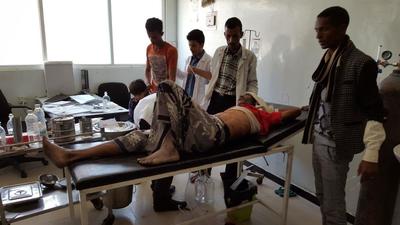The following photos depict the aftermath of an attack on one of east Aleppo's key surgical hospitals. This happened during airstrikes on 17 November 2016.
The damage was so extensive that the hospital was forced to go out of service immediately.
It had an emergency room, an intensive care unit, and a number of operating theatres providing orthopaedic and general surgery.
Access to healthcare in east Aleppo has now become next to non-existent for a population of over 250,000 people who desperately need it.
They have been trapped under siege for over four months.
Since the airstrikes resumed on the 15 November 2016, heavy bombings and clashes on the ground have left hospitals utterly destroyed.
We strongly condemn all attacks on civilians and breaches of international humanitarian law, perpetrated by all warring parties in Syria.
Staff story: doctor in east aleppo
Dr Abu Wassim was working in the hospital when it was hit by airstrikes on 17 November 2016.
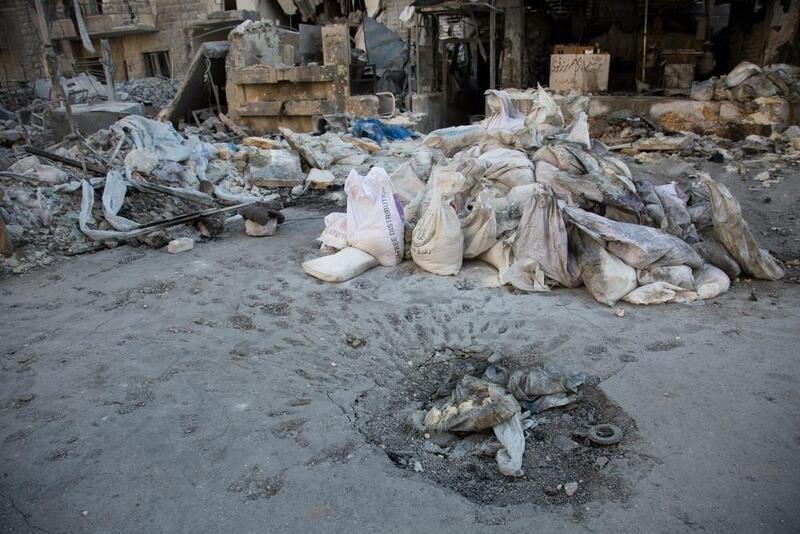
“We started hearing shells raining down on the buildings at the end of the street, about 500 metres away from the hospital.
We heard 40 or more shells exploding, with the noise moving closer and closer towards the hospital.
That’s when all the staff – technicians, nurses and doctors – evacuated all the patients down to the basement.
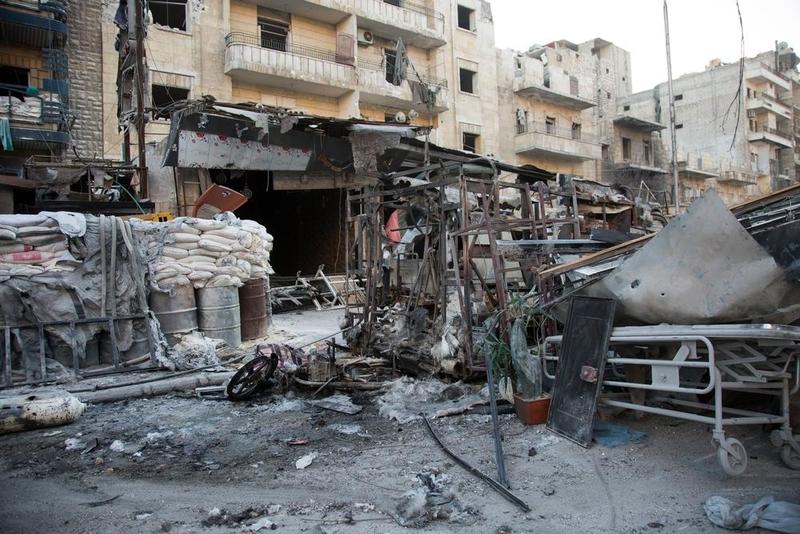
We moved about 15 patients in total, including a child in the intensive care unit.
He had had surgery after sustaining an injury to his heart.
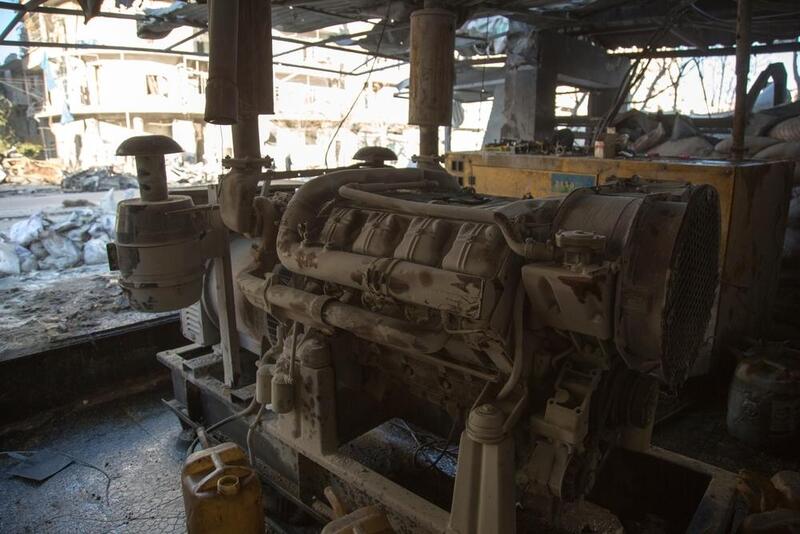
The boy started to gain consciousness as the shells fell on the street outside the window of the intensive care unit.
We had to disconnect him from the ventilator to take him down to the basement.
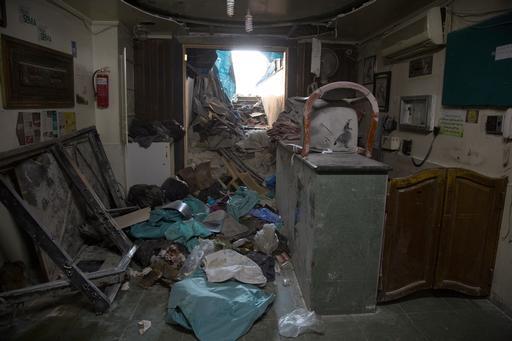
The bombing lasted for two hours. During that time, the shells never stopped.
The basement was very crowded – there were patients lying on the floor.
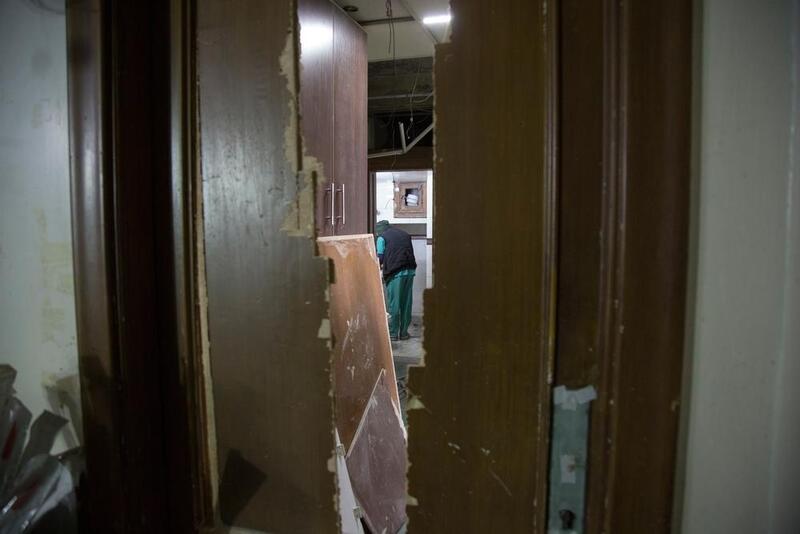
We had one fatality amongst our staff as a result of the bombing.
One of the hospital attendants was injured by shrapnel that pierced his chest and severed a major blood vessel.
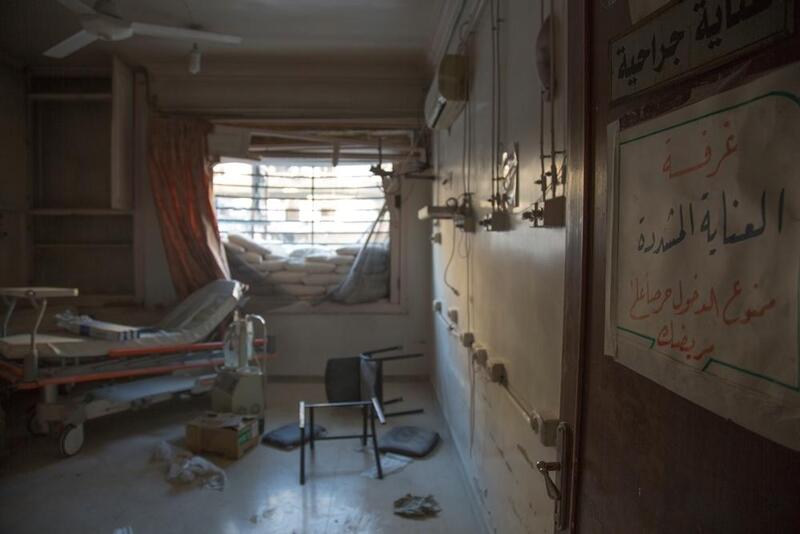
He lost a lot of blood and we had to operate on him without electricity.
We were unable to save him, and he died.
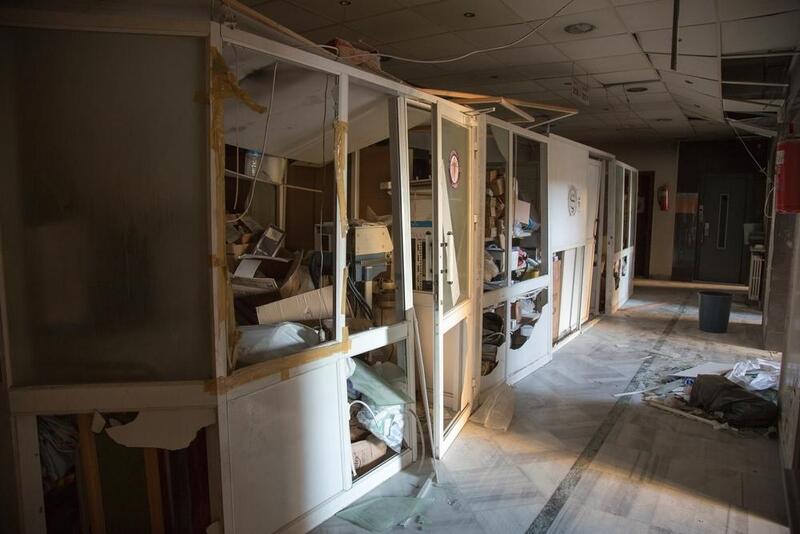
Before the bombardment, I had been in the operating theatre performing an amputation.
After the bombing, I had to finish the surgery with an LED lamp because there was no electricity.
Our mobile oxygen concentrator was completely burnt to pieces.

We could not discharge any patients during the bombing, because no ambulances could come to the hospital as long as it continued.
But as soon as the bombardment eased off, we organised for ambulances to come to the back entrance of the hospital and evacuate the patients to nearby health centres.
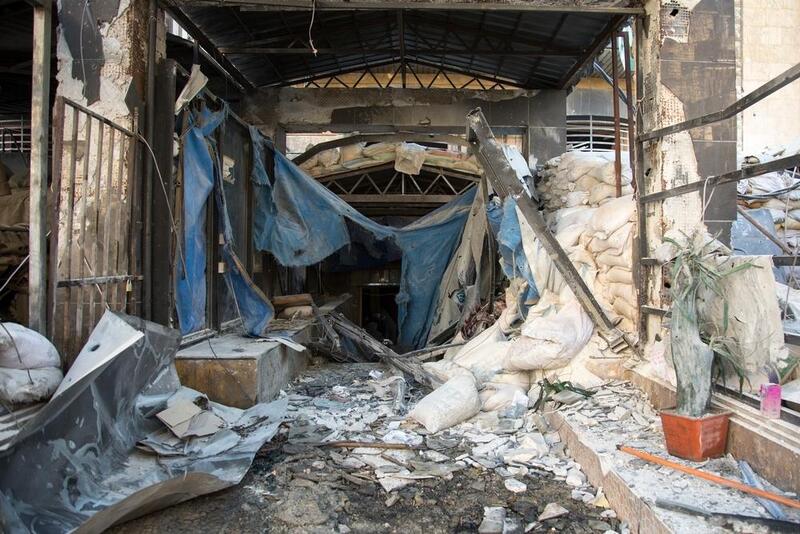
The front entrance of the hospital was totally inaccessible – blocked by rubble from all the damage and destruction.
All of the cars parked in front of the hospital were completely burnt out, and an ambulance was totally destroyed.
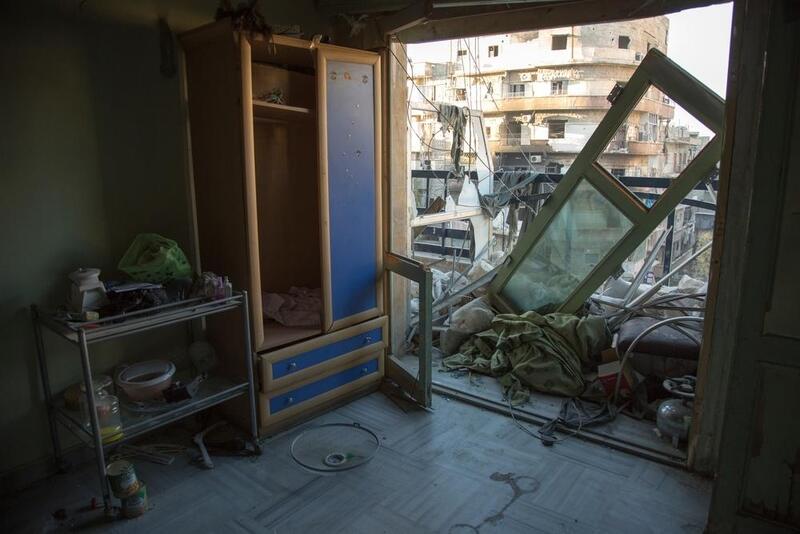
Many of our staff had been staying on the upper floors of the hospital.
These floors were now damaged and left uninhabitable – there were no longer any doors or windows.
So our staff had to try and find somewhere else to sleep.”
fInd out more About our work in syria





